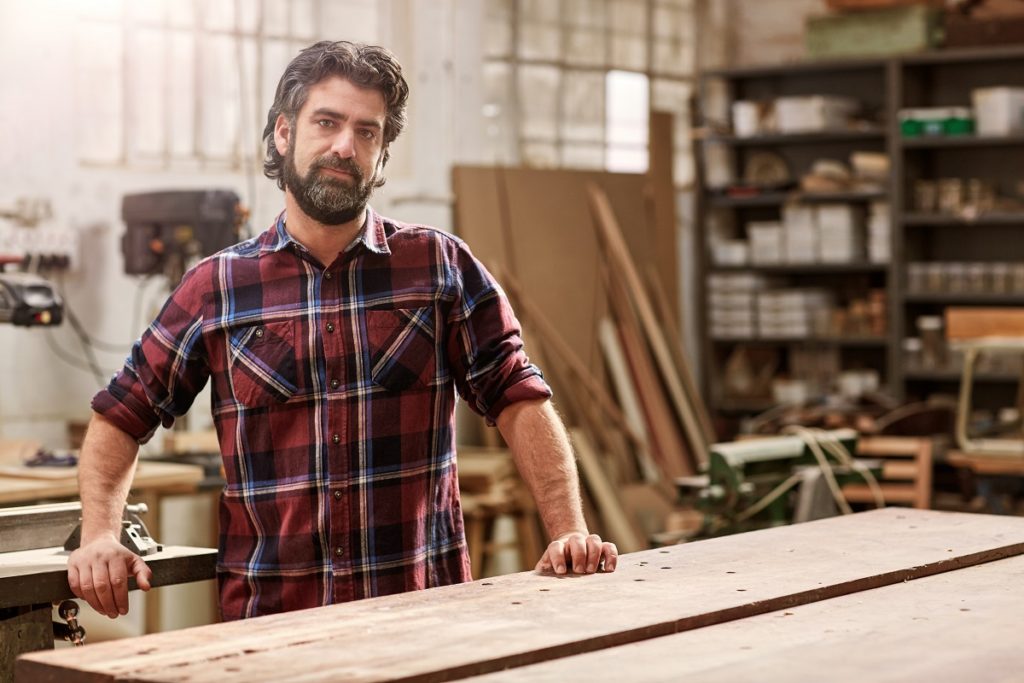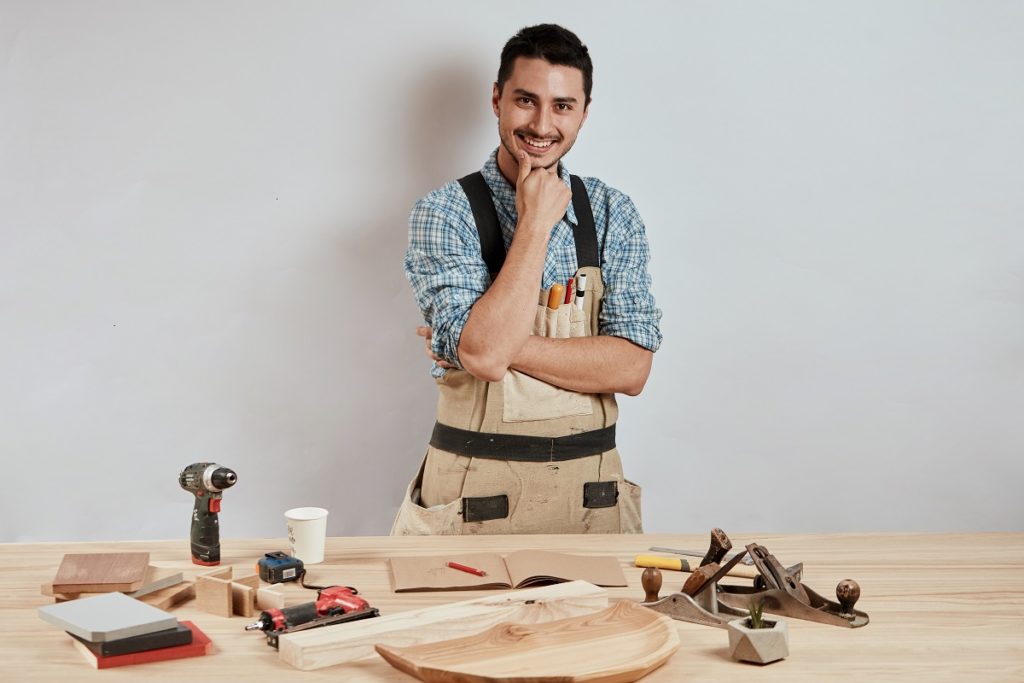DIY woodworking projects may come to mind every now and then. However, if the thought of doing such projects become more than a passing fancy, get ready to fill your weekends with sawdust, excitement and marvellous creations. But before you get on with your first project, here are tools you should secure.
Safety Gear
Every project, no matter how small, should be treated with respect when it comes to safety. Safety goggles should always be available to use in every one of your projects. Wood creates a lot of dust and tends to break. A wayward splinter can damage your eye permanently and rob you of your sight. Wood dust can also irritate your eyes, and larger particles can even damage them.
Use a dust mask to protect yourself from excessive wood dust. Too much dust in your nose and throat can lead to irritation as well as shortness of breath, sore throat or a runny nose.
If you are starting a big project or several consecutive small ones, you might want to use hearing protection. A few minutes of cutting at long intervals shouldn’t be a problem, but continuous loud noises can be bad for your ears.
Also, use gloves when handling wood to protect your hands from splinters. But don’t use them when working with machinery in which they can get caught and entangled. Wear boots or protective footwear when working with heavy pieces of wood as well. A wood or tool dropping on your foot can be extremely painful, sometimes even debilitating, so work boots even if you’re only working in your backyard or shed.
Table Saw and Plane

You probably have your hammers and measuring tools, but every woodworking shed also requires a proper and safe table saw. Make sure it has guards and install them properly. You’ll need to ground your equipment to ensure there are no errant sparks as wood dust is flammable.
Your shed also needs adequate lighting, so you don’t miss hidden nails you might saw off by mistake. Make sure to position your saw, especially the start and stop button, within easy reach. But install a cover or guard on the start button to eliminate the chances of accidental starts. Get to know how to operate your saw and read the guide thoroughly. Cut a few pieces of wood to get the feel of the rails and feed wood to the saw before starting on an actual project.
You might need to install an exhaust or ventilation system if your workspace is cramped, but even a large work area can benefit from having a system that deals with wood dust. All the other fancy equipment can come later — after you master the saw.
Nails Screws and Adhesives
You might be pounding or screwing your wood pieces at the start, but you’ll soon learn that gluing is far more efficient, and it creates stronger bonds. Your early projects might be simple stools and tables held together by nails or screws, but soon you’ll be moving on to connecting pieces held together by more glue. Get hold of carpenter’s glue or better yet, polyurethane glue, which tends to expand as it cures.
Crafting something with your own hands is both enjoyable and fulfilling. It doesn’t take much to start woodworking, and you’ll soon be crafting masterpieces with a bit of effort and diligence.




